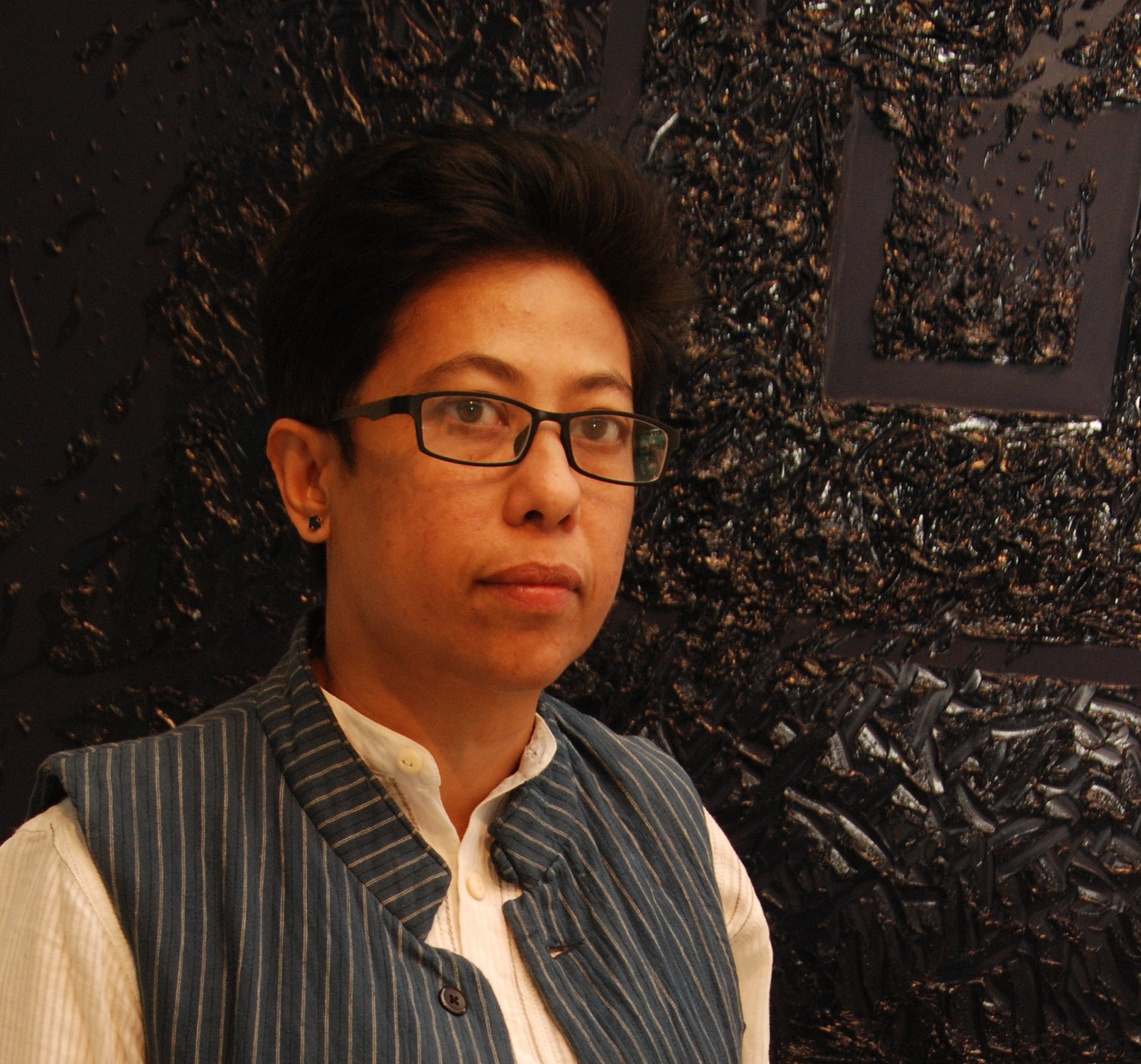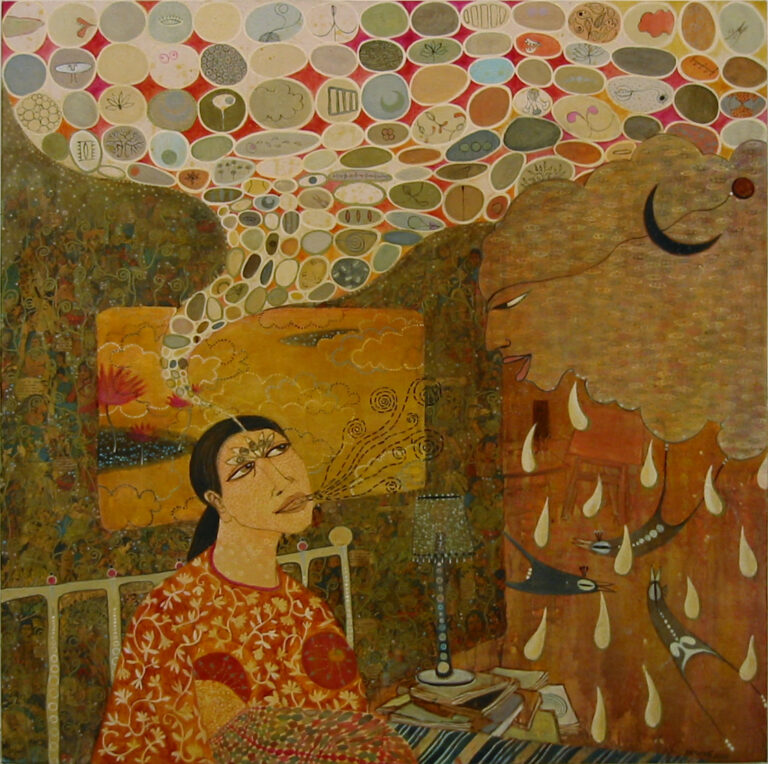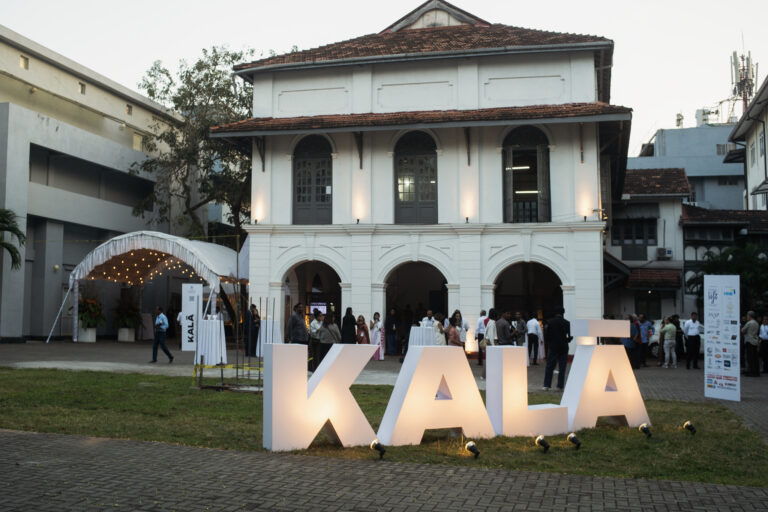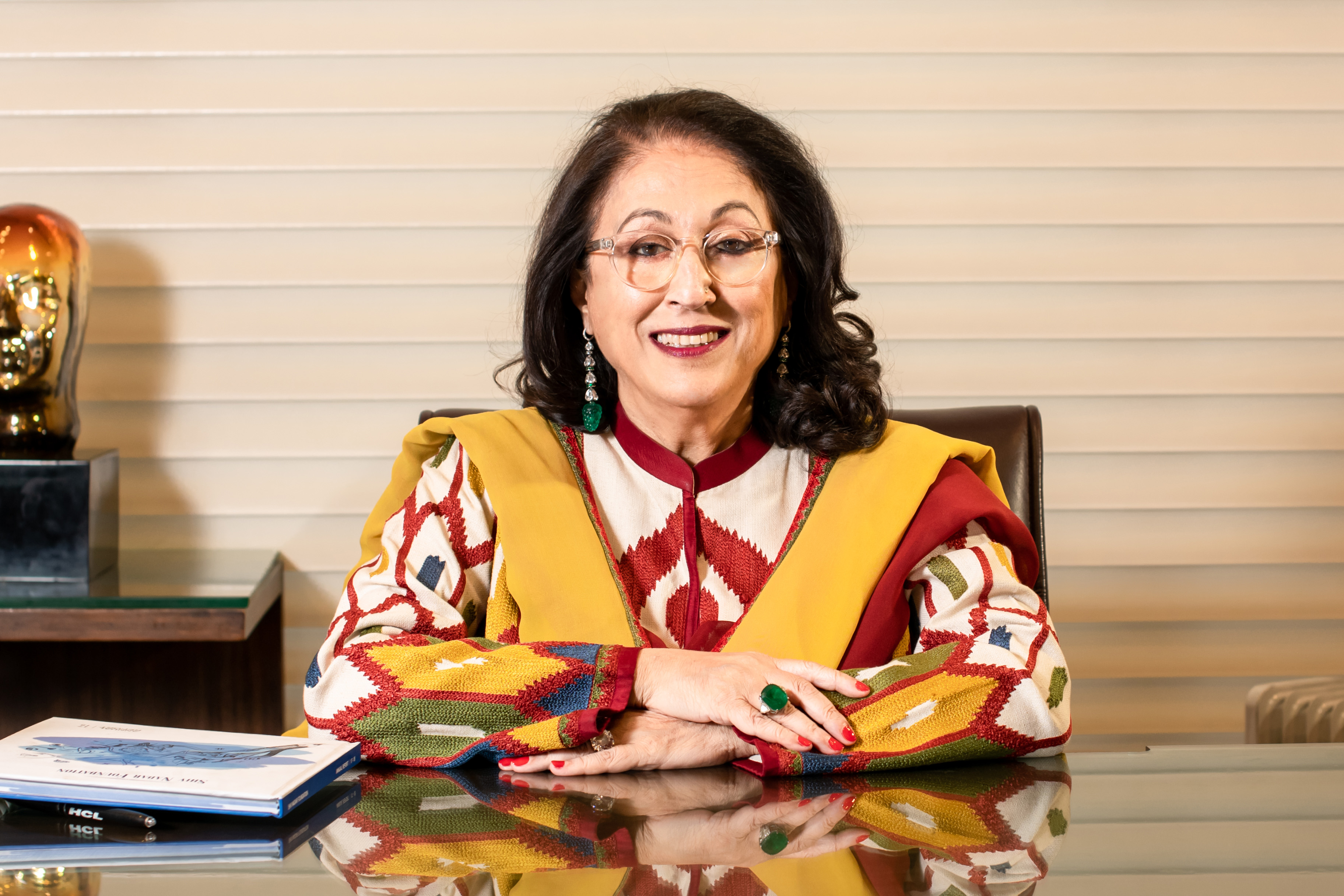
An interview with Kiran Nadar Chairperson, Kiran Nadar Museum of Art (KNMA) and Trustee, Shiv Nadar Foundation. Nadar has profoundly shaped and inspired the Indian art world, becoming a pivotal force in the country’s cultural landscape, with an influential vision that has increased the visibility of Indian modern and contemporary art worldwide. Nadar is on the cusp of setting up the third art museum near the International Airport in the Capital designed by Adjaye Associates. This comes after an inclusive space at Saket Select City Walk which is still one of the most visited museums in the country with a healthy footfall, interactive AI projects and a solid collection of Modern and Contemporary Art. After premiering an AI project at the Venice Biennale featuring the maverick M F Husain, Nadar tells us that one must pay attention to the fine print of working with AI and keep sight of the larger picture. She is excited about the upcoming shows, the India Art Fair and several outreach art programmes and activities designed for children and adults. Georgina Maddox caught up with Kiran Nadar and discussed being one of India’s premium Art Philanthropists; with her, outlining its joys, challenges and plans for the future.
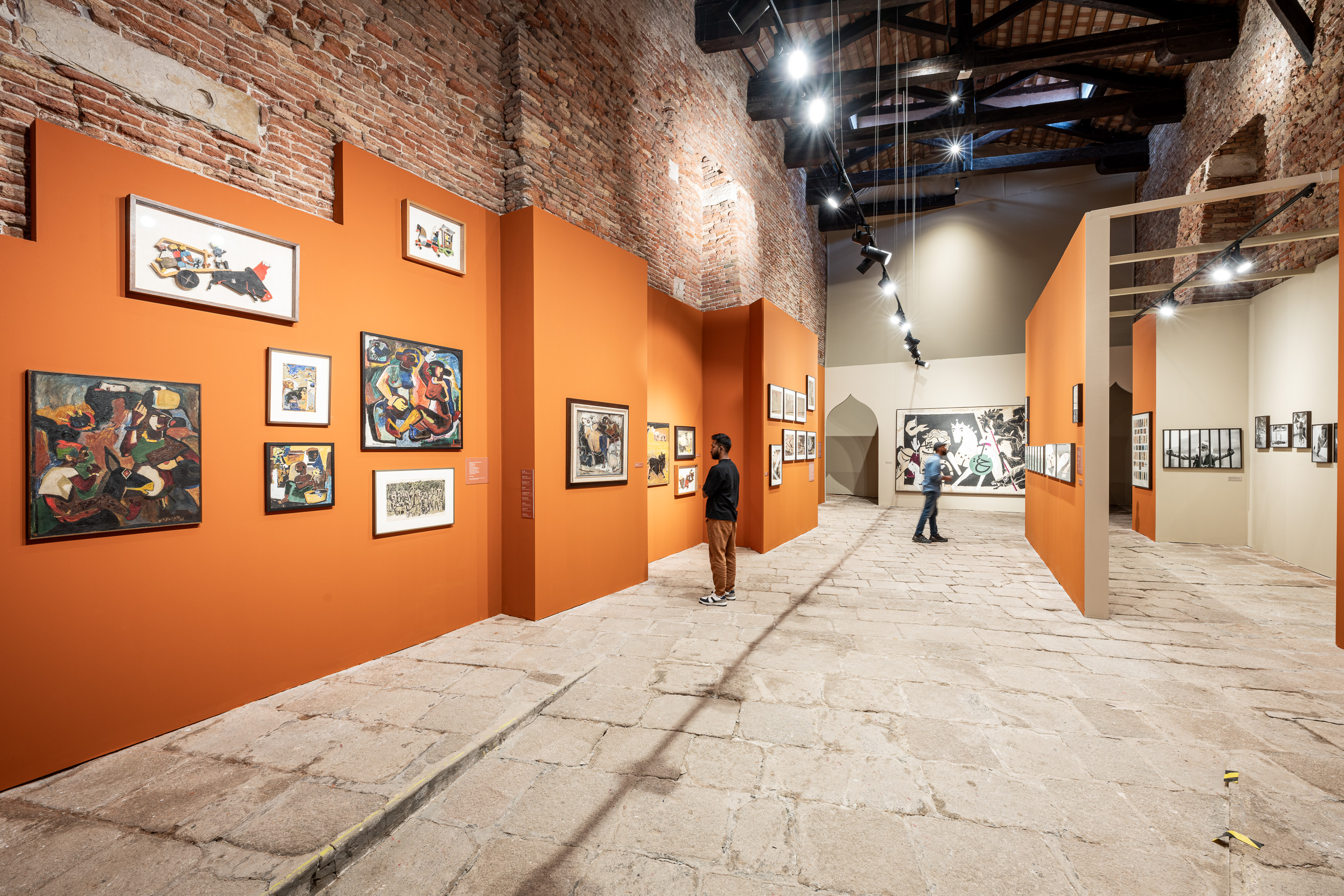
Georgina Maddox (GM): Firstly, congratulations on your Padma Shri Award, to acknowledge your contribution to the preservation of Indian arts and cultural heritage. Would you agree that art philanthropy resulted from your passion for collecting art when the desire to share your collection gave rise to the first KNMA in Noida?
Kiran Nadar (KN): Thank you. To be honest, when I started with around 500 works in my collection I never thought that the KNMA would reach where it is today. I was collecting art out of passion but could not view most of the works and I began to feel the need to share my collection. It did not make sense to have the majority of my collection in storage. I was also acutely aware of the dearth of institutional spaces that could bring visibility to art. I realised that my passion lay in raising awareness of the incredible art and culture surrounding us in our nation. The process was very organic and the more I collected the more I felt the need to share. This led to the creation of the first KNMA in Noida in January 2010, followed by the second location at Saket in January 2011 and then the new Museum Space that we are looking forward to is something that is both exciting as well as quite a challenge.
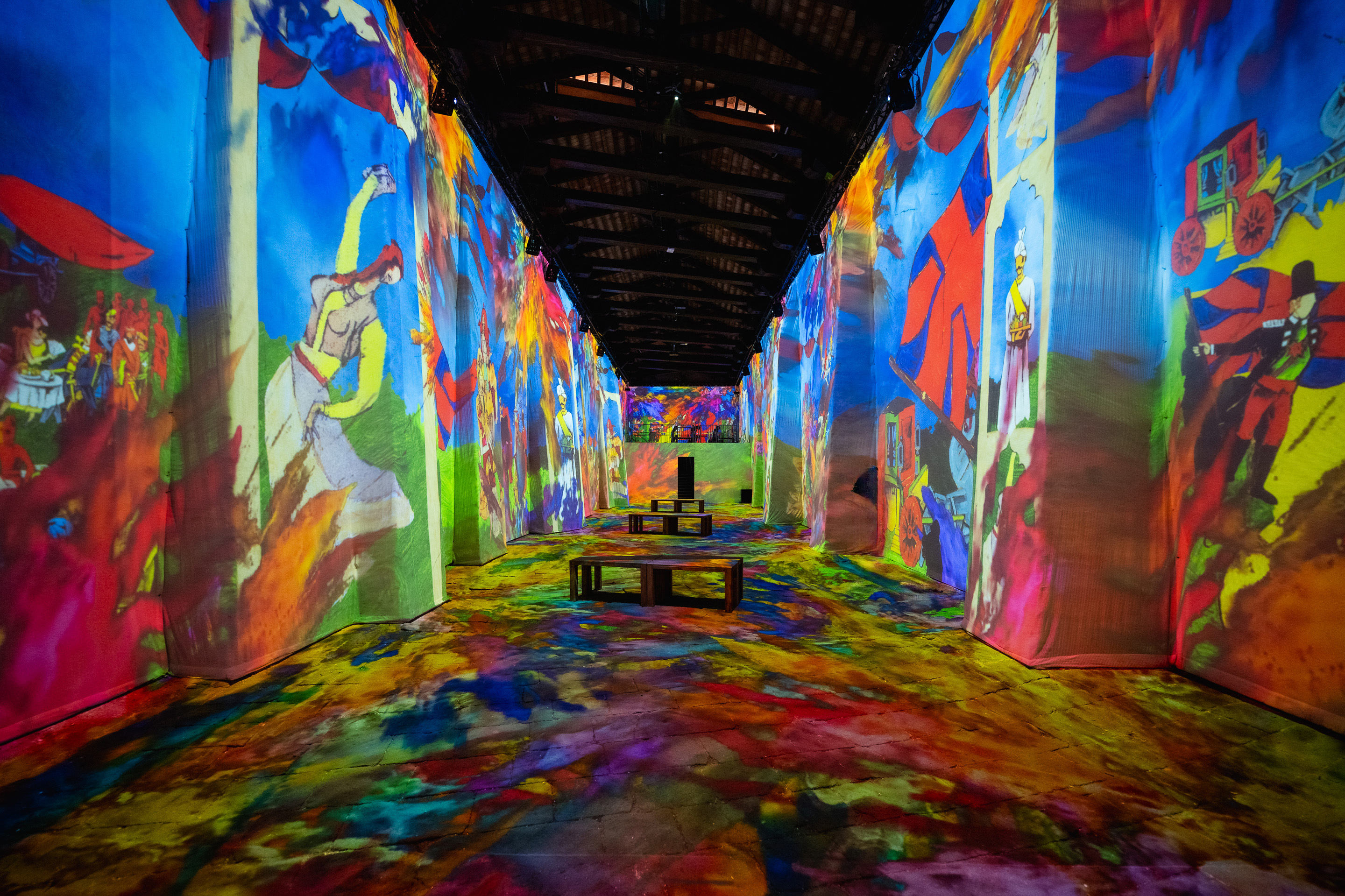
GM: Indeed that brings me to my next question. Please share with our readers about the challenges and logistics of art philanthropy.
KN: The logistical challenges are many. I am not even going to address the financial side of it, but just the act of putting together a team that can oversee and get the new museum on its feet is a challenge. I never imagined I would ever be working on a scale such as this, where the stand-alone museum would be over 100,000 sq ft and the effort needed has magnified significantly. Getting the required number of people in place, including curators and museum staff, to effectively manage and maintain such a vast space is indeed challenging, but it is also incredibly exciting.
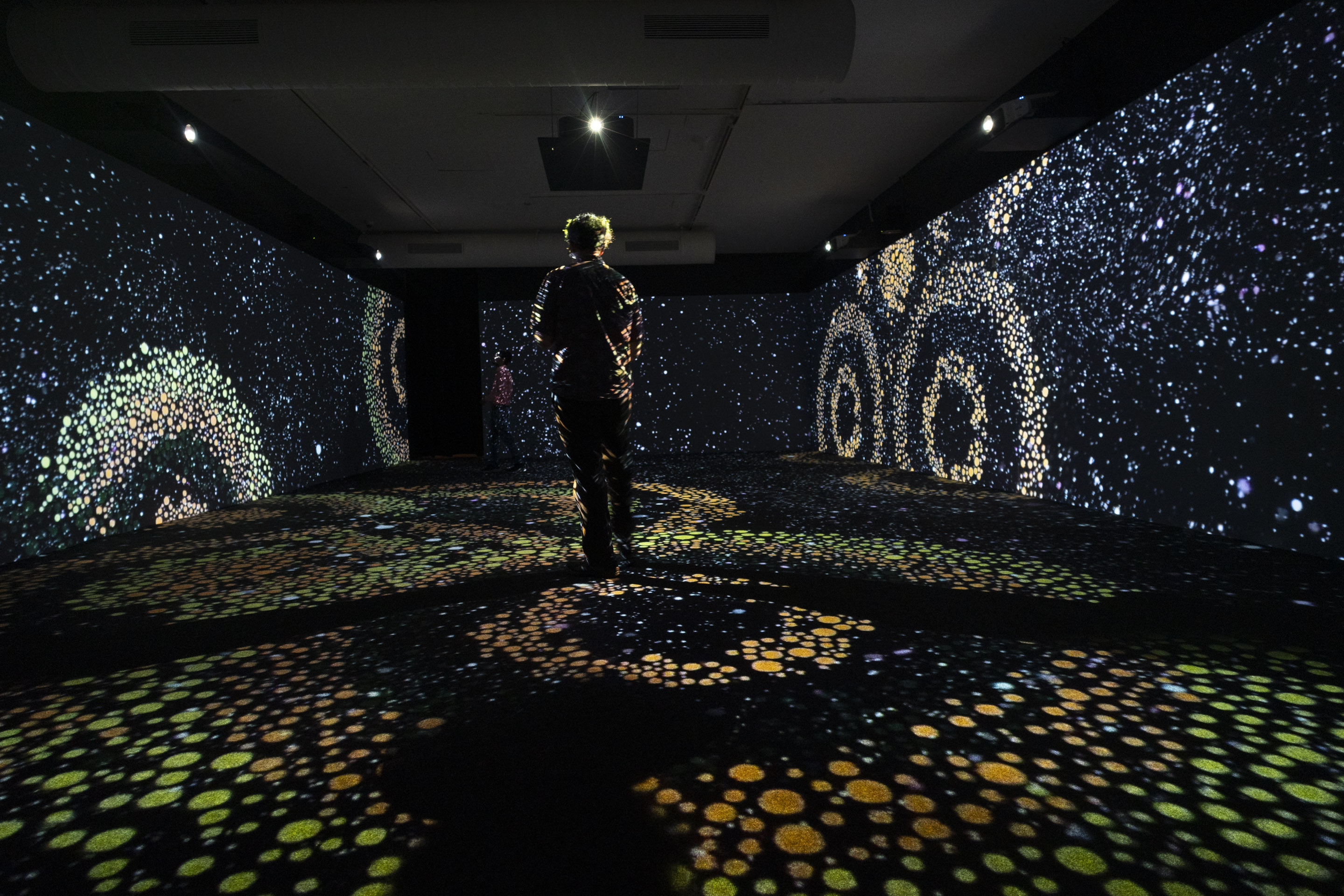
GM: Tell us how the Saket KNMA resulted from a desire to share further with the average mall visitor your precious collection and bring art into the realm of the public.
KN: KNMA is dedicated to showcasing the finest modern and contemporary art, but it is also about creating a vibrant and inclusive space for artistic exploration. Our vision extends beyond the museum’s four walls. As I had mentioned above, we are building a new space, an expansive 100,000-square-meter architectural marvel in New Delhi. It is designed to be a dynamic cultural hub, which transcends boundaries and disciplines. We are creating a space where exhibitions and programs seamlessly integrate with music, performance art, workshops, and thought-provoking discussions. Our constant challenge is driving footfall to the museum and finding ways to turn visitors into active participants within the space. For instance, we recently had the exhibition, ‘Walking through a Songline’ together with the Australian High Commission in India. The exhibition was a unique showcase of the immersive multimedia installations that appealed much to a younger crowd and we saw the museum receive footfalls in the 1000s each day. ‘Songlines: Tracking the Seven Sisters’, in which more than 100 artists are represented, is an Aboriginal-led exhibition developed in 2017 which takes visitors on a journey along the epic Seven Sisters Dreaming tracks, through art, Indigenous voices, innovative multimedia, and other immersive displays. This was a big eye-opener for us, to witness how the younger generation is geared towards interactive multimedia displays.This was a big eye-opener for us, to witness how the younger generation is geared towards interactive multimedia displays. This is clearly one of the ways for us to evolve.
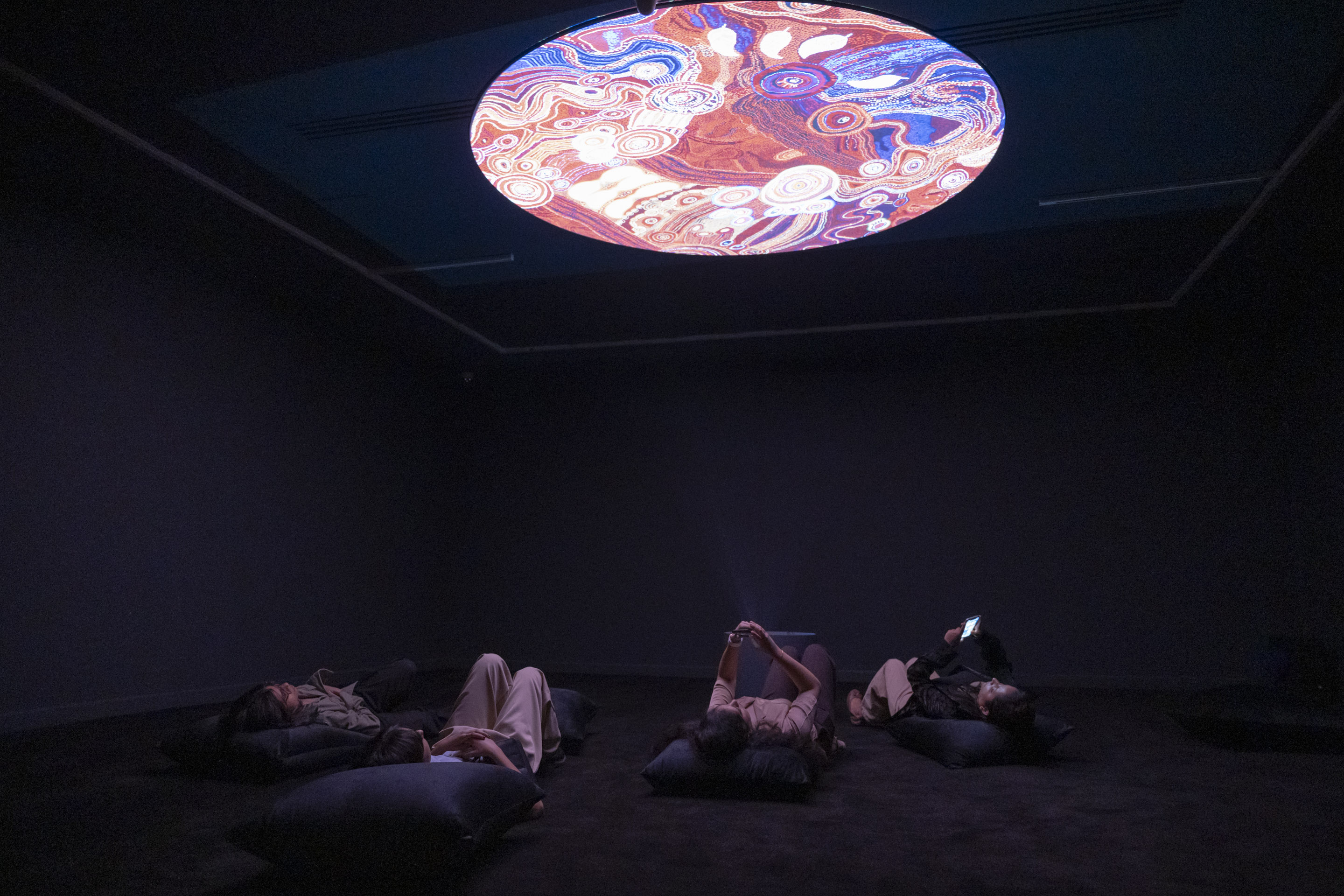
GM: Journeying now to the most recent project of the new stand-alone museum building designed by Adjaye Associates in the National Capital Region of Delhi in 2026, tell us about the plans and difficulties faced by you and your organization to make this museum a success and a reality.
KN: The idea is to leave behind a legacy of art that will live on. With the new space, we aim to build a platform for cross-cultural collaborations and learning, welcoming audiences from all walks of life. KNMA aspires to be a place where diverse voices converge, sparking creativity and fostering a deeper understanding of the artistic landscape. We will be working with exhibition designers, museum staff and curators to bring new art experiences to the audience, the idea is to bring newer people in to experience art and culture.
GM: The experience with virtual art, digital art and the world of AI in Art is something that is both exciting and concerning– while on one hand mitigated AI has allowed many wonderful things to happen like the NFT boom and ‘The Rooted Nomad’, an immersive exhibition that the KNMA hosted at the Venice Biennale, AI has also been used to ‘steal’ and learn from artwork that is on the internet without the artists’, museums’ or collectors’ consent. Please tell us about your concerns with regard to this.
KN: Well I can speak about our endeavour—with the M F Husain Exhibition, ‘The Rooted Nomad’, we took consent from the estate and gave credit to the estate as well. Bear in mind it took us two years to get consent as we went back and forth – it is always important to have informed consent. We have been careful to do the same with the immersive exhibition because Husain’s contribution to the Moderns and Progressives needed to be given further representation. We felt that amongst all the Progressives, Husain was not getting as much traction as he deserved. So we decided to do the immersive project for the Venice Biennale. The exhibition will also be shown at KNMA when we open our new space. Frankly, I don’t look at it as only artificial intelligence, for the immersive part we have used visuals, voice-overs, lots of text and images of Husain’s artworks.
I would say that initially a lot of museums were not too pro immersive. However over time when the Van Gogh exhibition got a lot more involvement, positive comments began coming in. Now institutes like the MOMA and lots of other museums are sitting up and taking notice. Our exhibition ‘The Rooted Nomad’, an immersive experience of early Husain works has been noticed by these museums with positivity. I think sooner or later anybody who is doing an AI has to get clearances and consent of the artist or estate. The people in New York and other centres are looking at NFTs as a market, to which I am not really positive as one cannot only look at art as a way of making big profits. The love for art and its appreciation is very important. Furthermore, the world is large and we cannot control what people do. We can set a good example and lend our advice to people but they have to follow it and this can’t be forced onto them.

Bharti Kher, Ancestor, 2022, Courtesy of the artist; Hauser & Wirth; Perrotin; Nature
Morte, New Delhi; and is in the collection of the Kiran Nadar Museum of Art, New Delhi.GM: As an art philanthropist which are the favourite works you have collected and treasure as part of your collection. We understand that with your vast collection, this is a difficult task so we can look at the top 5 art pieces in your possession.
Having collected over three decades it’s really hard for me to pick a favourite. The collection comprises of some of the greatest modernists and contemporary works, and it is now expanding to include classical as well as folk and tribal art. However, one artist that has really grown in the last two years is Souza, my collection of his work has become very important and my concentration on his work has definitely increased.
The other artist is Raja Ravi Varma. His work is very different from the other Moderns and Contemporary artists I collect, and I have a great fondness of his work and my collection of his work has also become very important. I also love Tyeb Mehta’s work, SH Raza and of course M F Husain – actually, I love all of the progressive artists. I also really value the work of Bharti Kher, a very important contemporary artist who I have collected and then Mrinalini Mukherjee and Nasreen Mohamedi, amongst many others.
GM: Do share with our readers what you think are the steps that need to be taken to spread and strengthen art philanthropy.
KN: I want readers to realize that what we are doing is a philanthropic effort — not a single work from the Museum Collection has been sold and we are not thinking of selling. The collection is going to be funded and we are in the process of setting up an endowment scheme that will keep things going at the KNMA. These are long-term goals and currently, we are funding them ourselves. All we want is for people to come and visit, as we have lots of stories to share through art.
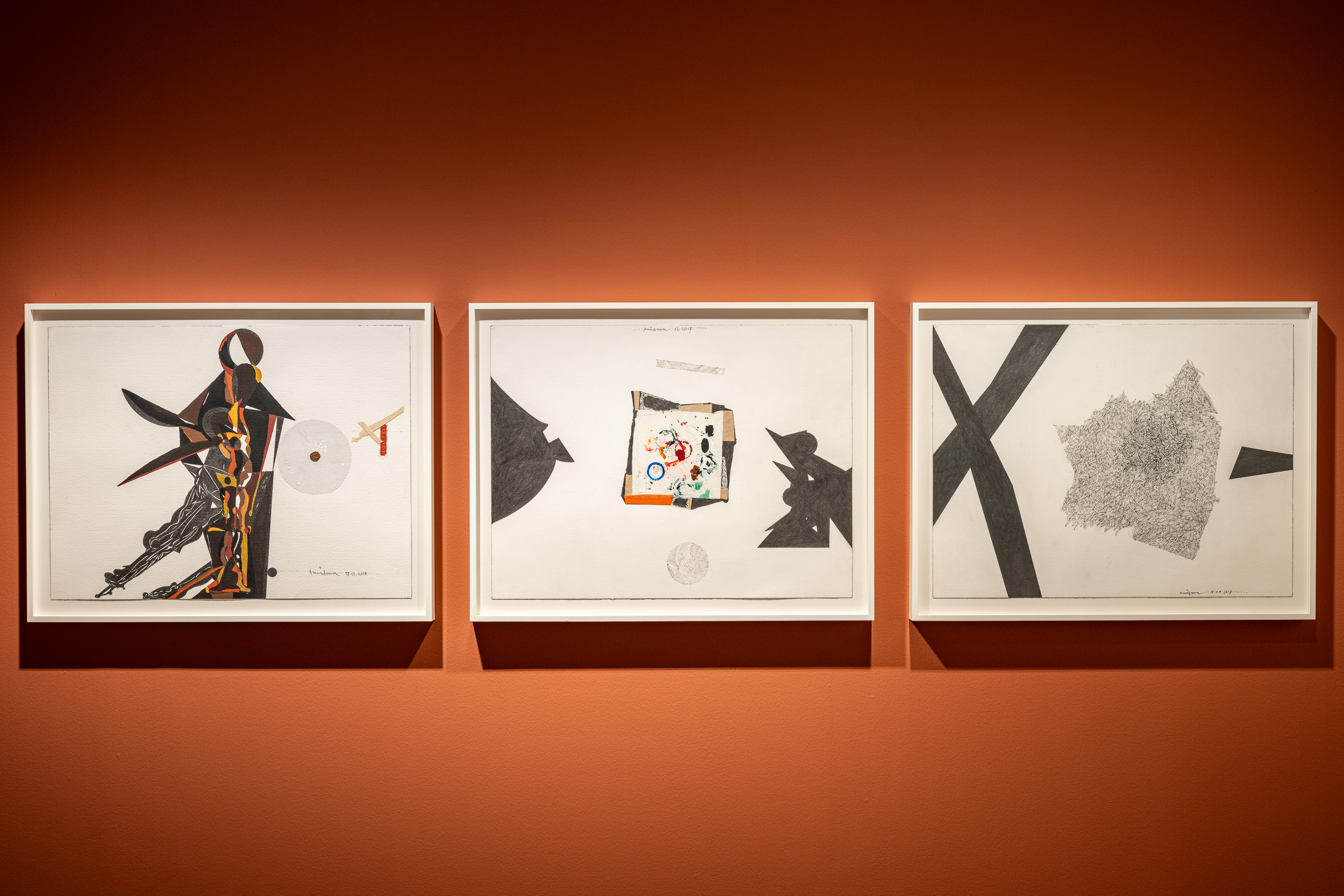
Amitava at KNMA Saket. Image courtsey of Kiran Nadar Museum of Art.
GM: What would you say has been your salient learning from being an art philanthropist, collector and scion of museums in the private sector, that you would like to share?
KN: I have always felt strongly about preserving and promoting our cultural heritage. The journey with KNMA has reinforced my conviction in the value of supporting artists and their creative expressions – also that it is really important to nurture, support, and celebrate their work. At the heart of KNMA is the notion of giving back to society, preserving treasures of the cultural past and nurturing a young generation of creative practitioners and thinkers, while bridging the gap between art and the public. Additionally, collaboration and inclusivity are vital for expanding the reach and impact of art in society.
GM: What is your advice to younger art collectors and philanthropists?
KN: Young collectors should look at art not just from the financial angle they must look at building a home around art. They must figure out what their aim is, they should first look at a lot of art galleries and museums and figure out what appeals to their eye. Will this art be appreciated? That can’t be their only reason for collecting, you must collect and like what you see and one should want to live with it. I don’t know how I can work at a very nascent level, but one must have a big amount of aspiration and be willing to put in a lot of time and effort. People can start collecting and appreciating art and they should grow an interest to become serious collectors, thus furthering Art Philanthropy. I observe so many people who visit Select City Walk, where they often window shop and may just buy an ice cream. The idea is to get out of their house and enjoy the air-conditioned space, now if we could get them to begin to show the same interest in art, it would be good.
GM: Tell us about any upcoming projects for 2024-25 that you are excited about.
KN: Currently we have two shows in our Saket space, one featuring Amitava Das and the other is Mohan Samant’s Centennial Exhibition, that opened on the 26th of July 2024; next will be a show on photography and videos of three/ four emerging artists and during the India Art Fair (IAF) we will open Gulammohammed Sheikh’s retrospective.









